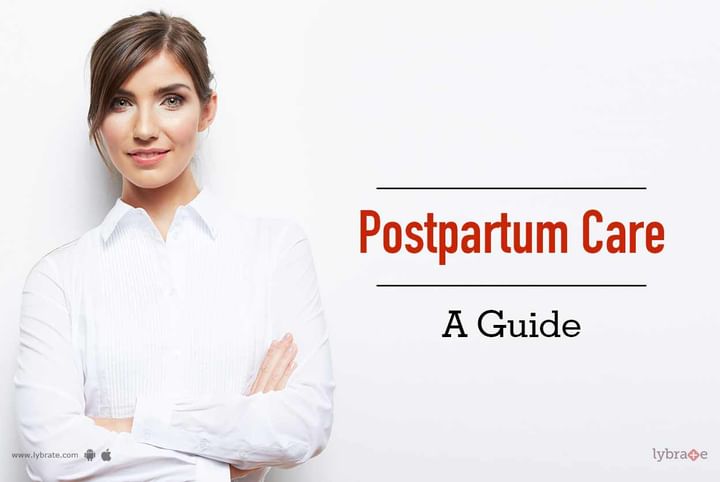Get the App
For Doctors
Login/Sign-up
Last Updated: May 24, 2023
BookMark
Report
Postpartum Care - A Guide
Dr. K.D NayarIVF Specialist • 50 Years Exp.MBBS Bachelor of Medicine and Bachelor of Surgery, DGO, MD - Obstetrtics & Gynaecology, Dip.Obstetrtics, FICOG
Postpartum is the period after one's labour and delivery. Pregnancy and postpartum are a time when a woman's body changes to a great extent, in order to first accommodate the baby and then go through labour and delivery. A vaginal delivery can have many implications when it comes to the postpartum.
The same goes for a Caesarean Section or C Section as well. Let us find out what your postpartum care routine should include.
- Vaginal Soreness: Deal with vaginal soreness with the help of stool softeners and pain relievers, as prescribed by your gynaecologist. You should also make hygiene a priority at this time. Use a washcloth and warm water to clean the area every time you urinate. Also, you can use an ice pack if the wound is particularly painful.
- Discharge: Vaginal discharge in the postpartum period is called lochia, and it usually carries on for a few weeks after the baby is born. You must use a sanitary napkin during this period and clean up regularly. If your bleeding or discharge is accompanied by fever, then you should contact your gynaecologist immediately.
- C Section Wound: In case there is redness and swelling in the wound, accompanied by symptoms like pain and foul smelling discharge from the vagina, you will need to get in touch with your doctor immediately so that he or she can check for possibility of infections.
- Movement: After a C Section, you will need to take as much rest as possible, so that the wound heals properly. This includes avoiding making too many trips up and down the stairs as well. It would be a good idea to have a family member or partner around who can help as well. Gentle walks after a week or two are usually recommended for the body to come back to normal gradually.
- Kegels: Do kegels or contracting exercises for the strength of the pelvic floor to return, especially after a vaginal delivery. This will help in alleviating pain and burning sensation during urination at this time.
- Nutrition: Take special care to eat nutritious and home cooked food, especially if you are breast feeding. This will also help in the healing of the vaginal or C Section wound. Also, a high fibre diet will help in better bowel movement, which will lessen the pain while visiting the bathroom.
Taking care of your body in postpartum is a matter of bringing it back to normal gradually even as you deal with the side effects of delivery. Ensure that you are in touch with your doctor.



+1.svg)
